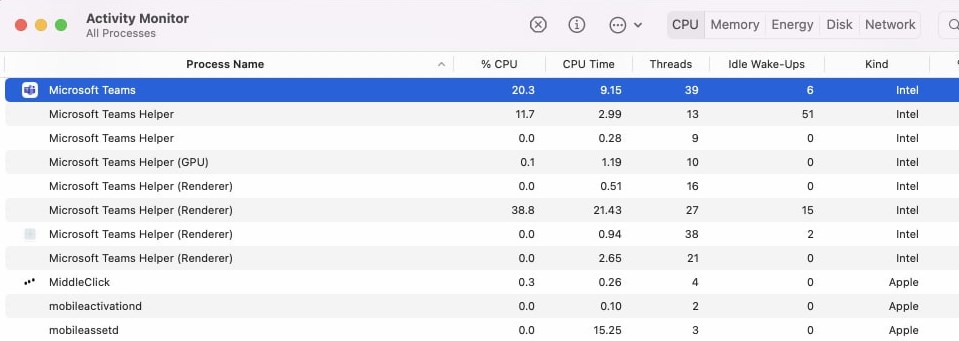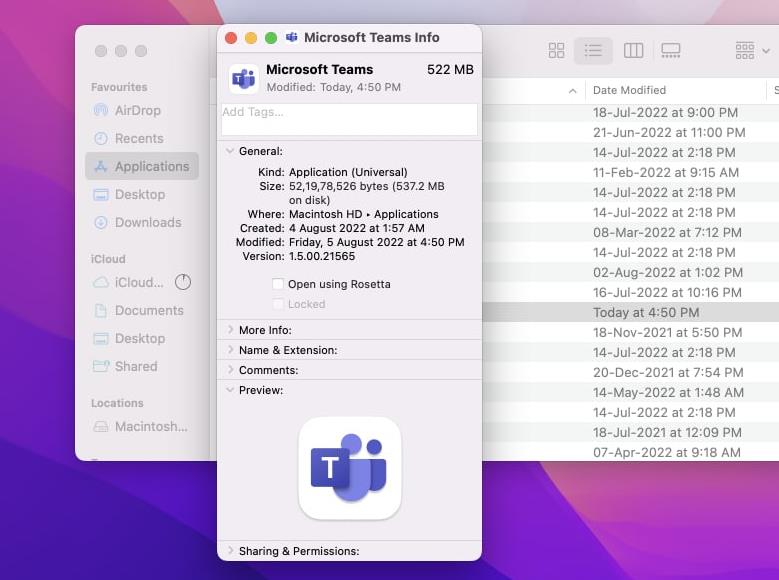Microsoft Teams for Mac has finally been optimized for Apple Silicon. The popular video conferencing and meetings app now supports devices that are powered by Apple’s own chipsets, such as the MacBook Air M1.

Microsoft Teams for Mac is now optimized for Apple Silicon
It’s a little surprising this took so long, given that Apple Silicon machines debuted nearly two years ago. Most other developers ported their app to support the ARM64 architecture way earlier. Teams users have had a semi-unstable experience with the app, it has often been criticized for being a resource hog, how slow it is to start, quit, it was almost as bad as a browser.
Given its deployment amongst schools, offices, businesses, especially during the pandemic, you would have thought the Redmond company should have allocated more resources to it to improve the experience. But now, it appears that Teams is finally on the mend. Microsoft says that it is committed to Mac, so things appear to be promising.
That being said, there is one thing which seems odd in the new version. The Teams app for Apple Silicon is still based on Electron, so it’s not completely a native macOS app. While that is not exactly terrible, having Electron as an extra layer would still have an impact in the performance and the battery life as opposed to an app written in Swift or Xcode.
Once you have installed the app, you can open the Activity Monitor in macOS, and switch to the CPU tab. The new version of Microsoft Teams is identified as an “Apple” app in the Kind column.
![]()
The old version on the other hand says Intel, which meant it was running via Rosetta.

The Core Audio Driver (MSTeamsAudioDevice.driver) shows up as Intel, so that clearly isn’t running natively.

Microsoft says that the Teams app for Apple Silicon will be rolling out to users in the coming weeks. If you can’t wait for it, you can download the update package from the direct link given below. The version that supports Apple Silicon is 1.5.00.21565.
https://statics.teams.cdn.office.net/production-osx/1.5.00.21565/Teams_osx.pkg
The download links are available at the Microsoft Teams’ GitHub project. Head to the defconfig page, and look for the OSX version under the “Latest Preview Build” section. You can install the app over your existing version, it should upgrade the installation. It does not change the visual elements or the options in any way.
There is one other thing that is worth mentioning. The old version of Microsoft Teams only took up about 265.6MB of space to install. The new version takes up more than twice of that, at about 537.2MB. That can use up a good chunk of the storage, especially on MacBooks with a low drive capacity.

Apple allows developers a way to include both Intel and ARM64 versions of the code in the same package, via universal binaries. This way the app can run on Intel-based Macs, and Apple Silicon devices. Microsoft appears to be using that for Teams, which could explain why the app is now twice the size as before.
Do you use Microsoft Teams on your Mac?
Thank you for being a Ghacks reader. The post Microsoft Teams for Mac is now optimized for Apple Silicon appeared first on gHacks Technology News.
